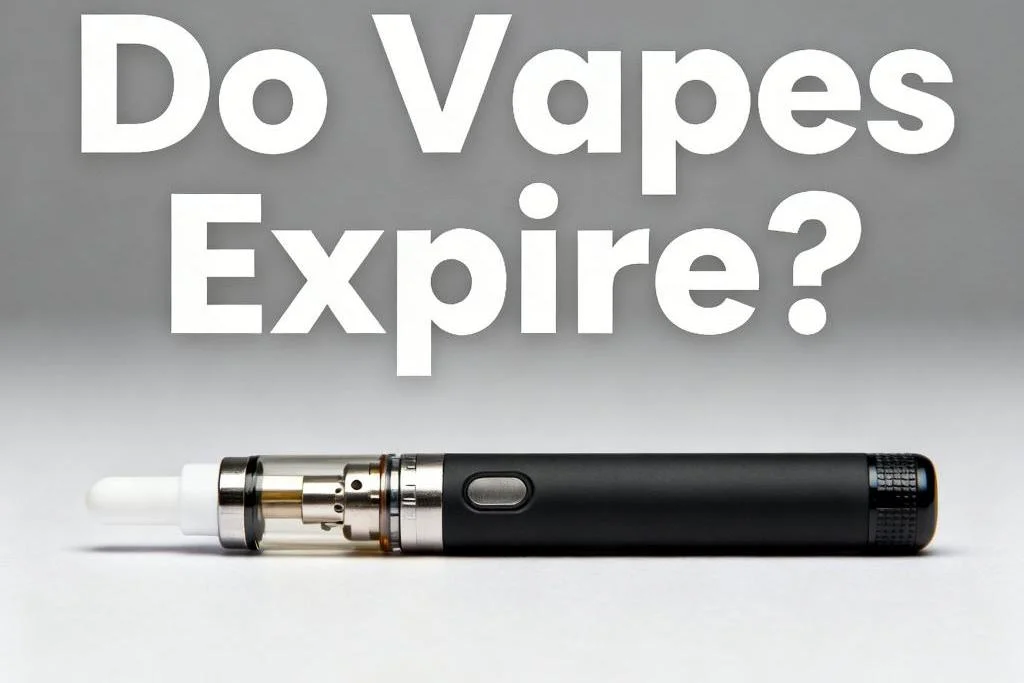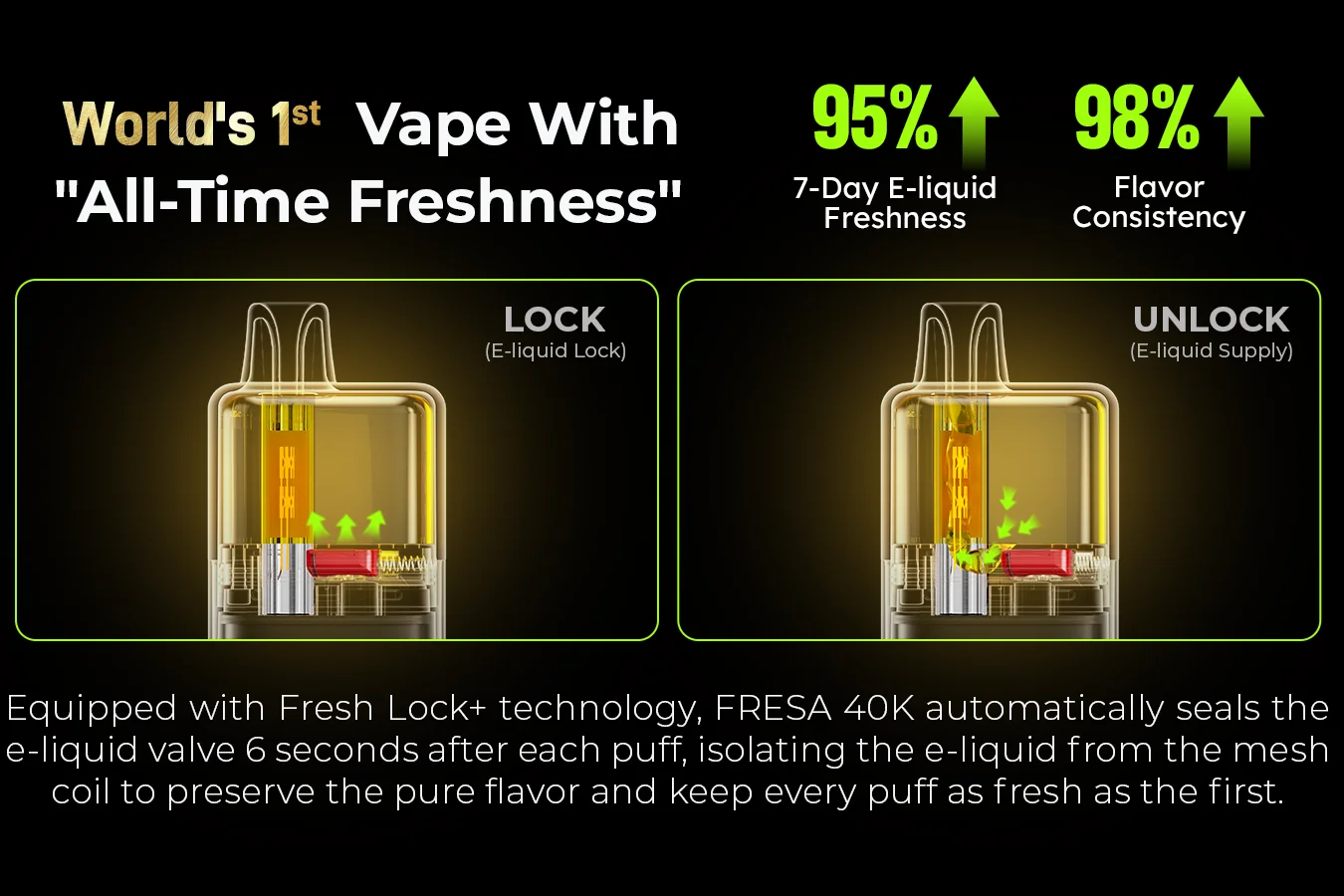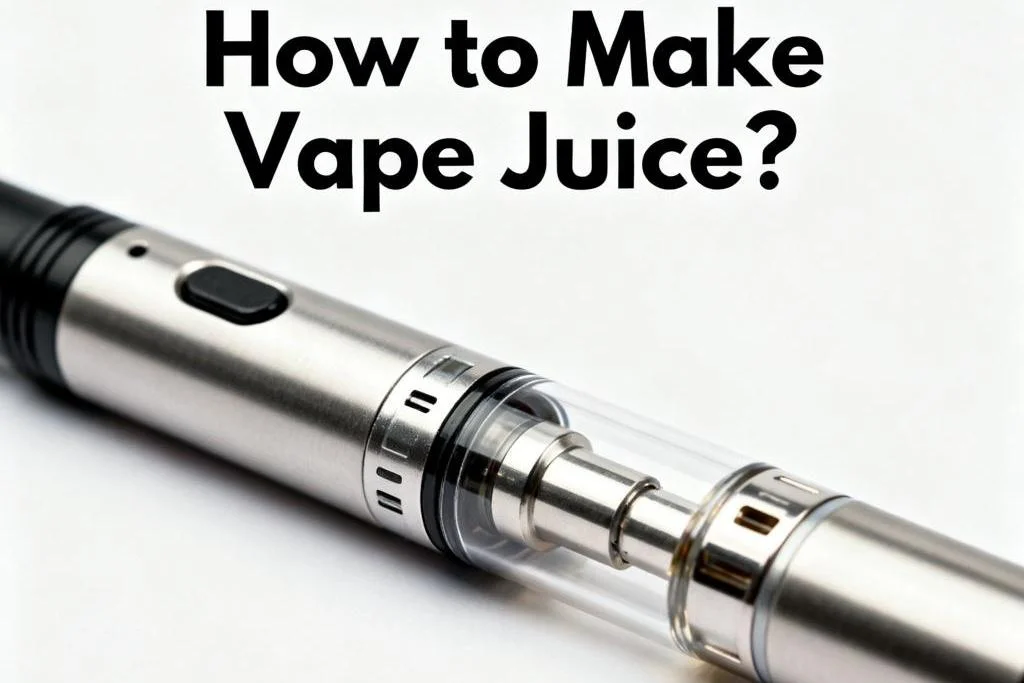Why Pure Cobalt Battery?
7/18/2025, 8:48:10 AM 1117
Why Pure Cobalt Battery?
Let’s back to the vape industry. When choose battery for a cheap disposable vape bar such as our Memers disposable vape pod, we need a battery which has high discharge rate so it can support the temperature for Nic-Salt delivery and vapor cloud producing. And also, we don’t need long life span since it’s disposable or cheap recharge-able device, the 500 cycles is far more enough for the demands.
Safety performance is always the first factor for a vaping battery. When it comes to the vape pen, the mandatory battery protection circuit limits the charge and discharge rate to a safe level of about 1C for the Lithium Cobalt Oxide battery.
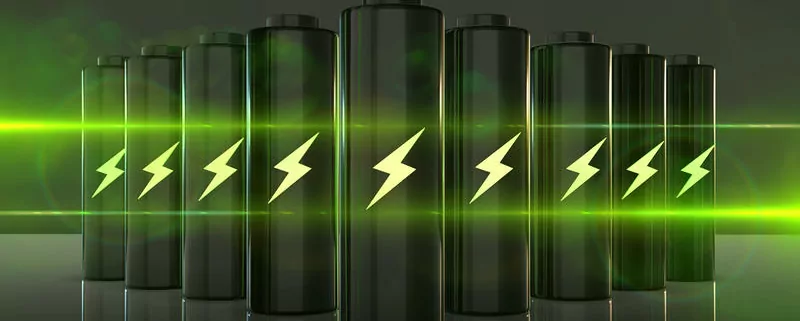
When it comes to vape pens, there are several types of batteries available. Some of these batteries are lithium-ion, cobalt, and ternary. There are also manganese batteries. Which one is a better choice for a vaping device, and why?
Let's go back to 2016, when the first commercial e-cigarette was released. It was very simple: just a small cig-like device with an integrated Li-ion battery. You had to screw it into a USB charger to charge it. Then, as technology advanced, vape mods started using high-end 18650 batteries that could be easily replaced. These batteries provided more power and larger vapour clouds. The change makes sense because demand is different. These days, disposable pods are the most popular vape devices on the market. Many manufacturers and brands say they use the Pure Cobalt Battery. So, why should people choose Cobalt batteries over lithium batteries?
Vape Battery Chemistry
There are four coding types used on vape batteries, and these are the following:
- – I – Lithium-Ion
- – C/M/F – Cobalt/Manganese/Iron Phosphate
- – N – Nickel
Depending on the type of battery, cobalt can comprise between 0% to 100% of the non-lithium material that goes into a cathode. The pertinent figure from the infographic is presented below – note the significant percentage of nickel and cobalt in three of four main lithium ion cell types.
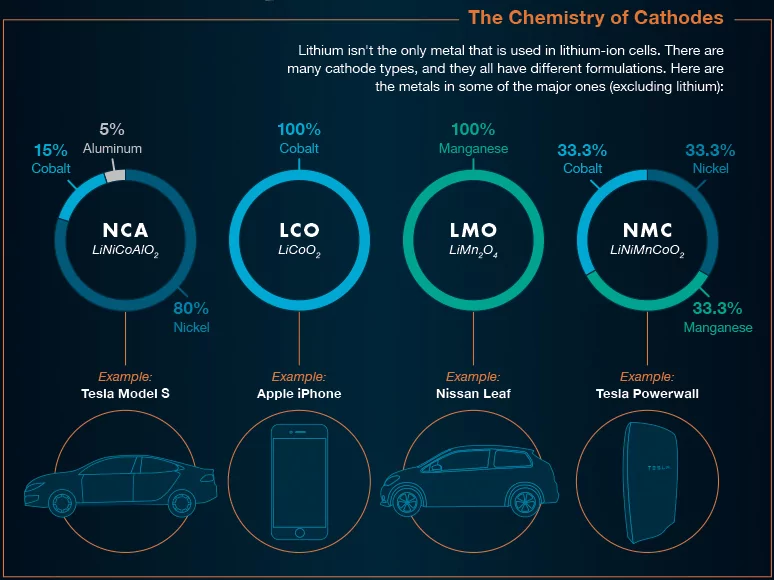
What is Pure Cobalt Battery?
The scientific name of pure cobalt battery is Lithium Cobalt Oxide battery (LiCoO2), which means the cathode of the lithium battery is made of 100% Cobalt Oxide. Its high specific energy makes Li-cobalt the popular choice for mobile phones, laptops and digital cameras. The battery consists of a cobalt oxide cathode and a graphite carbon anode. The cathode has a layered structure and during discharge, lithium ions move from the anode to the cathode. The flow reverses on charge. The drawback of Li-cobalt is a relatively short life span, low thermal stability and limited load capabilities (specific power).
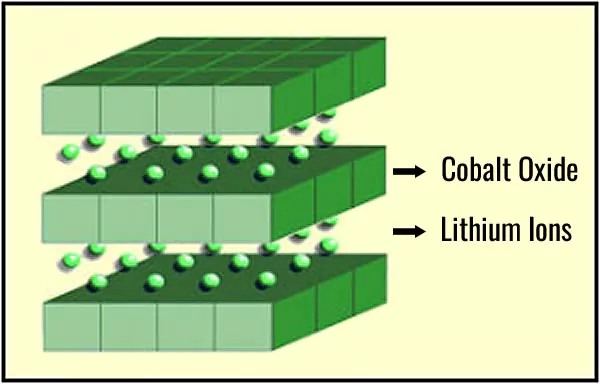
Whats the Differences
The Energy Density
In the term of energy density, The pure cobalt li-battery (Lithium Cobalt Oxide) is higher than that of Lithium Iron Phosphate resulting in better Watt-hours Wh/kg and Watt-hours Wh/Liter.
A Lithium Cobalt Oxide battery is a type of rechargeable battery, combined with a microporous separator with electrolyte, it mainly relies on the movement of lithium ions between positive electrode and negative electrode. Lithium batteries use an intercalated lithium compound as an electrode material.
A Lithium Iron Phosphate battery is a type of LiPo battery that uses Lithium Iron Phosphate as the cathode material and a graphite carbon based electrode with a metallic backing as the anode. It has a wide range of raw material sources, a long cycle life, a high safety index, excellent thermal, chemical stability, and outstanding high temperature resistance.
The Cycle Life
Lithium cobalt oxide can last for around 500 cycles. This is enough for disposable vape pens or even changeable batteries. Lithium iron phosphate takes more time to cycle. This is a key feature of lithium iron phosphate batteries, which can last for 1500 to 2000 cycles or more. The Lithium Iron Phosphate battery can also be used all the way down to 100% of its capacity. So, a good Lithium Iron Phosphate battery can last from 3 to 7 years if it is used in the right way.
The Safety Performance
In terms of safety, Lithium Iron Phosphate batteries are far safer than Lithium Cobalt Oxide batteries. Lithium Cobalt Oxide batteries have the advantage of high current charging and discharging, and they allow devices to release more energy in a short period of time. Lithium Cobalt Oxide with high discharge rates can achieve continuous discharge rates of up to 50C and pulse discharge rates of up to 150C. They are 40% lighter than a steel-cased lithium-ion battery of the same capacity and 20% lighter than an aluminum-cased battery. These make them more useful for racing applications and power tools, such as vape pens.




